Shallow raceways provide high-quality living conditions
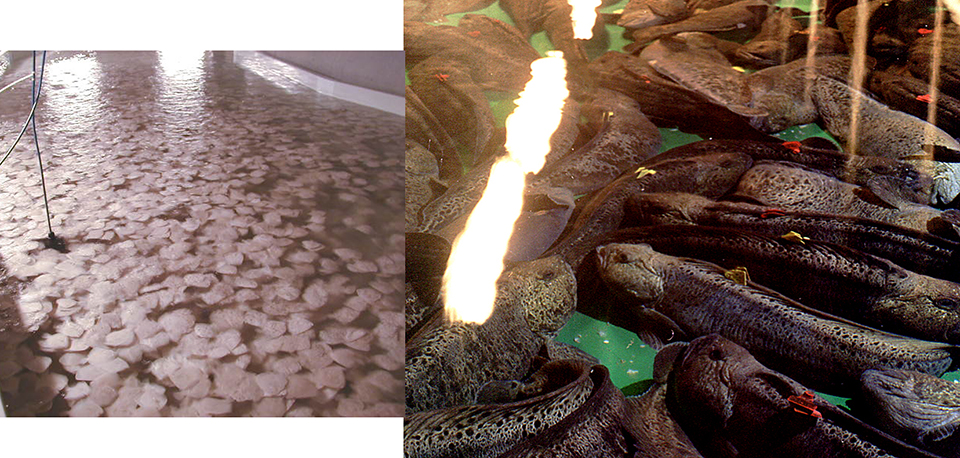
The development of land-based, hyperintensive farming systems for fish and shellfish production could quickly expand in industrialized countries. These systems have numerous advantages, typically requiring significantly less coastal land than conventional aquafarming technology and allowing construction at some distance from the coast because the water replacement needs are normally low.
The labor force required to operate these systems is also smaller, as many functions can be automated. And their design can be made fish-friendly, because the system is installed as modules that keep pace with the increasing biomass to reduce start-up costs.
Shallow raceway systems
Shallow raceway systems are “sandwiched” production systems that use shallow raceways in racks, a setup that facilitates observation and management of fish. The production units use water management regimes that range from flow-through and reuse systems, with aeration or pure oxygen, to complete recirculation systems with biofiltration.
The standing water volume in these systems is significantly less than for deeper standard tank systems, so biofilters can be scaled down because much of the water treatment can take place between levels. It is important, however, to prevent nitrogen gas supersaturation that can cause swim-bladder syndrome or other related problems.
It may seem strange that shallow raceways work well for growing pelagic fish species. But it may be far easier to promote adequate schooling behavior in shallow raceways than circular tanks, as the fish can be provided with both their optimal current speed everywhere in the raceway and a head-on current. The latter is an often-neglected aspect in fish-growing systems, as fish in a raceway use their pelvic fins evenly, while in a round tank one pelvic fin is used more than the other to swim.
Fish densities can be maintained in shallow raceway systems at 200-500 kilograms per m3 as long as water quality is stable and food is easily available to minimize competition. Using floating pellets, it is easy to feed schooling fish in these systems, as the pellets can be seen downstream on the surface as they are distributed by the current. Thus, feeding is possible along the entire length of the raceway system.
A number of hyperintensive aquafarming systems exist, but commercial-scale systems for production of turbot (Scophthalmus maximus) and spotted wolfish (Anarhichas minor) may have the most potential. Shallow raceway technology has already been tested on several finfish and shellfish species, but is still being developed and improved.
Turbot
Turbot have been experimentally farmed in shallow raceway systems from 0.1 grams to beyond 5 kg with good results. Commercial production through one year grew fish from 5 g to beyond 1 kg in stacked 60-m-long raceways.
Several “layers” of turbot can be grown in shallow raceways with no significant reduction in performance. Concentrations of 60 to 80 kilograms per square meter of market-sized 1- to 2-kg fish will likely be the standard for the industry. When using floating pellets, the turbot come to the surface to feed and trigger a feeding frenzy. The fairly high current speed of 10 to 15 centimeters per second washes away all types of debris, making it an almost self-cleaning system.
Spotted wolffish
A few animal species are seemingly not afraid of humans, and spotted wolffish are one. They behave almost like farm animals, ignoring system attendants when content and then approaching eagerly when hungry, with their heads out of water.
Another peculiar behavior under culture conditions is that these solitary, deep-water fish can be comfortably packed together very tightly. As a result, market-sized animals have been farmed at densities of 150 kilograms per square meter and about 500 kilograms per m3 with only a minor reduction in performance compared to fish grown at half these densities. Wolffish feed readily on floating pellets.
Commercial aquaculture of this ugly but great-tasting fish is growing in Norway. Expected production of spotted wolffish in 2003 is 100 metric tons (MT), with selling prices to farmers of 8 to 9 euros per kilograms (U.S. $9.04 to 10.16 per kilogram) for gutted head-on fish of 3 to 5 kg. In addition, the skin of this species – reportedly the strongest skin among fish species – is now also being used to make expensive sneakers.
Conclusion
Shallow raceway system technology provides culture animals with high quality living conditions, including a clean environment, ready access to food, reduced disturbances, adequate illumination, and optimal density and water current speed. Shallow raceways provide aquafarmers with a full view of their animals at any time, and facilitate handling and treatment of the fish.
The primary focus of shallow raceway technology has been on the bottom-dwelling turbot and spotted wolffish, but it is likely other similar species can be efficiently produced in these systems. The technology may have potential for the production of various pelagic fish species, as well as some freshwater fish and shellfish, if market prices allow their land-based culture to develop. Work is already under way for two sole species, Solea solea and S. senegalensis.
(Editor’s Note: This article was originally published in the August 2003 print edition of the Global Aquaculture Advocate.)
Now that you've reached the end of the article ...
… please consider supporting GSA’s mission to advance responsible seafood practices through education, advocacy and third-party assurances. The Advocate aims to document the evolution of responsible seafood practices and share the expansive knowledge of our vast network of contributors.
By becoming a Global Seafood Alliance member, you’re ensuring that all of the pre-competitive work we do through member benefits, resources and events can continue. Individual membership costs just $50 a year.
Not a GSA member? Join us.
Author
-
Victor Øiestad, Ph.D.
Akvaplan-niva, N-9296
Tromsø, Norway[111,110,46,97,118,105,110,46,110,97,108,112,97,118,107,97,64,111,118]
Tagged With
Related Posts
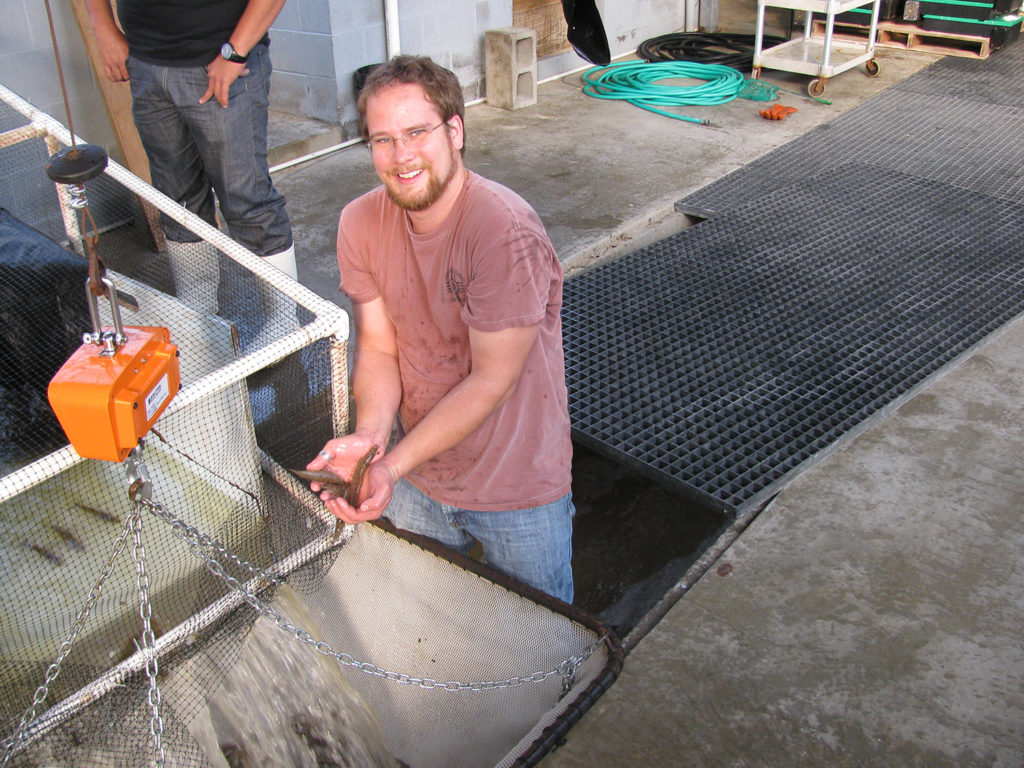
Health & Welfare
Comparing salinities in intensive, commercial-scale biofloc for Pacific white shrimp
Study illustrates the range of salinity options for shrimp production in commercial-scale biofloc systems and found no significant differences in any shrimp production metric.
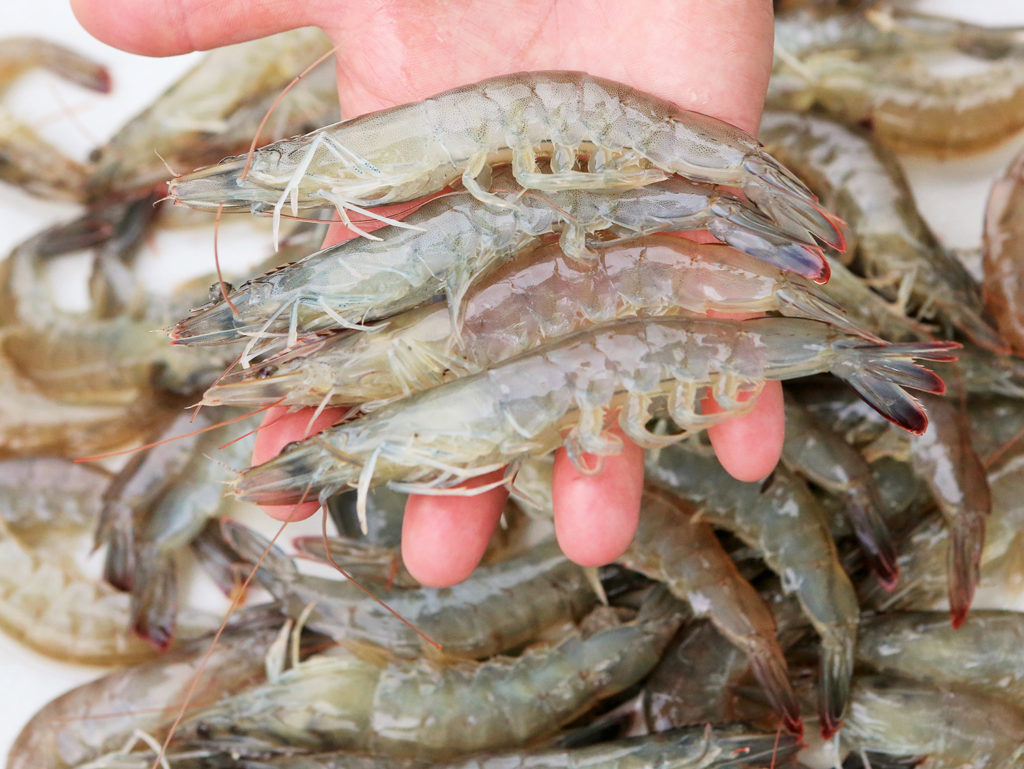
Aquafeeds
Feed formulations affect shrimp flavor, texture
Fish-free diets are suitable for shrimp production and can generate high-quality product. Consumer preferences for the flavor of shrimp and texture attributes need exploration.
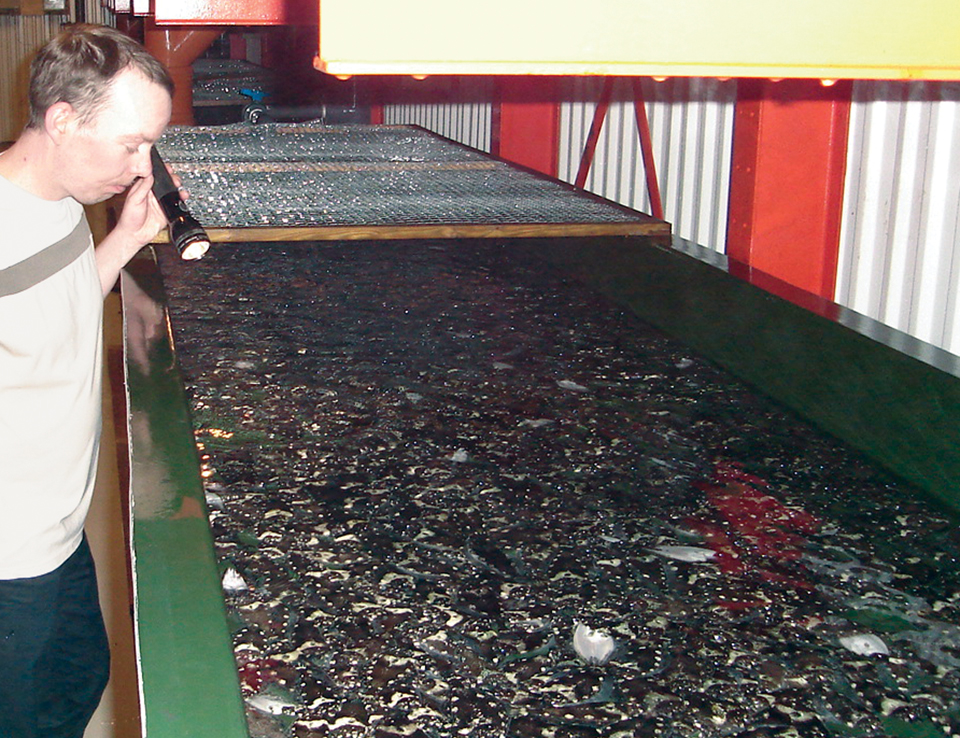
Responsibility
Industrial aquaculture parks an intensive alternative for land-based seafood production
Industrial aquaculture parks that employ hyperintensive culture technology are a promising alternative for further land-based seafood production. They offer wide siting options, efficient land and water resource use, and high-density, high-yield production output. In Project Raceways, a five-nation consortium is developing protocols for the culture of several highly valuable species of marine fish in raceway systems.
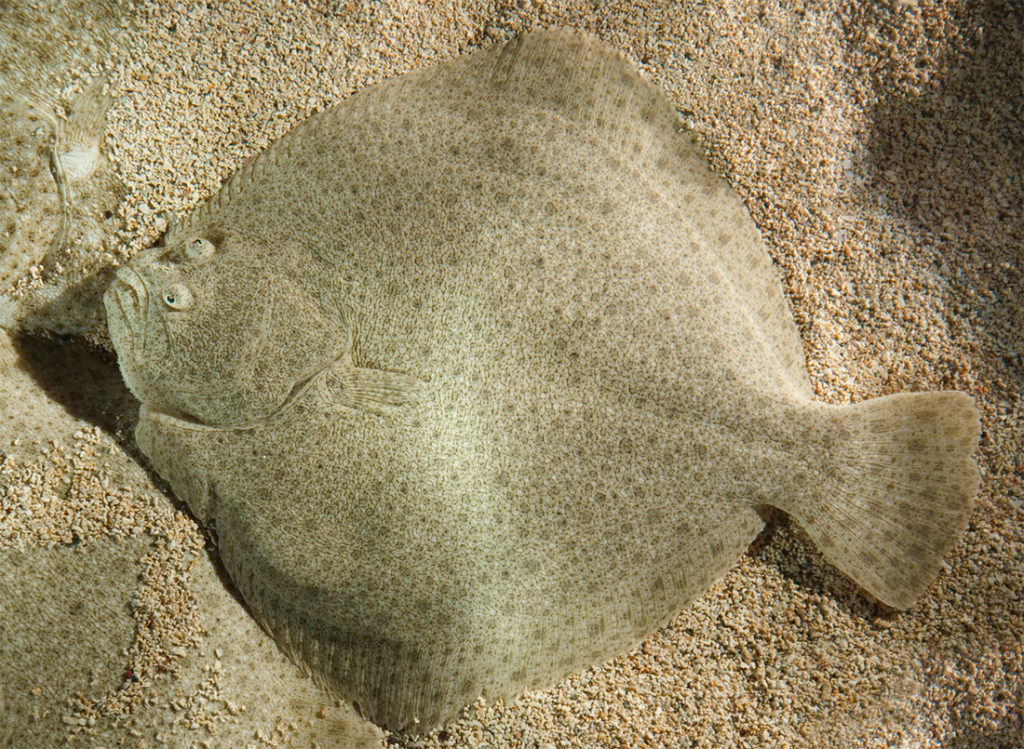
Health & Welfare
High supplementation levels of corn gluten meal in turbot diets
In a study, corn gluten meal exerted negative effects on the intestinal health on turbot, including the induction of enteritis in the distal intestine tissue.


